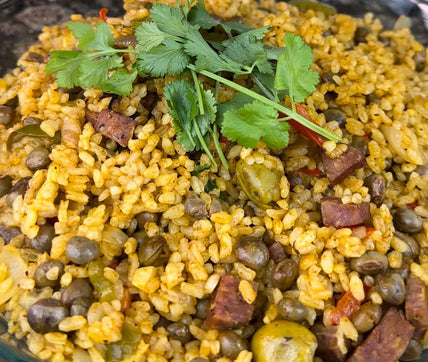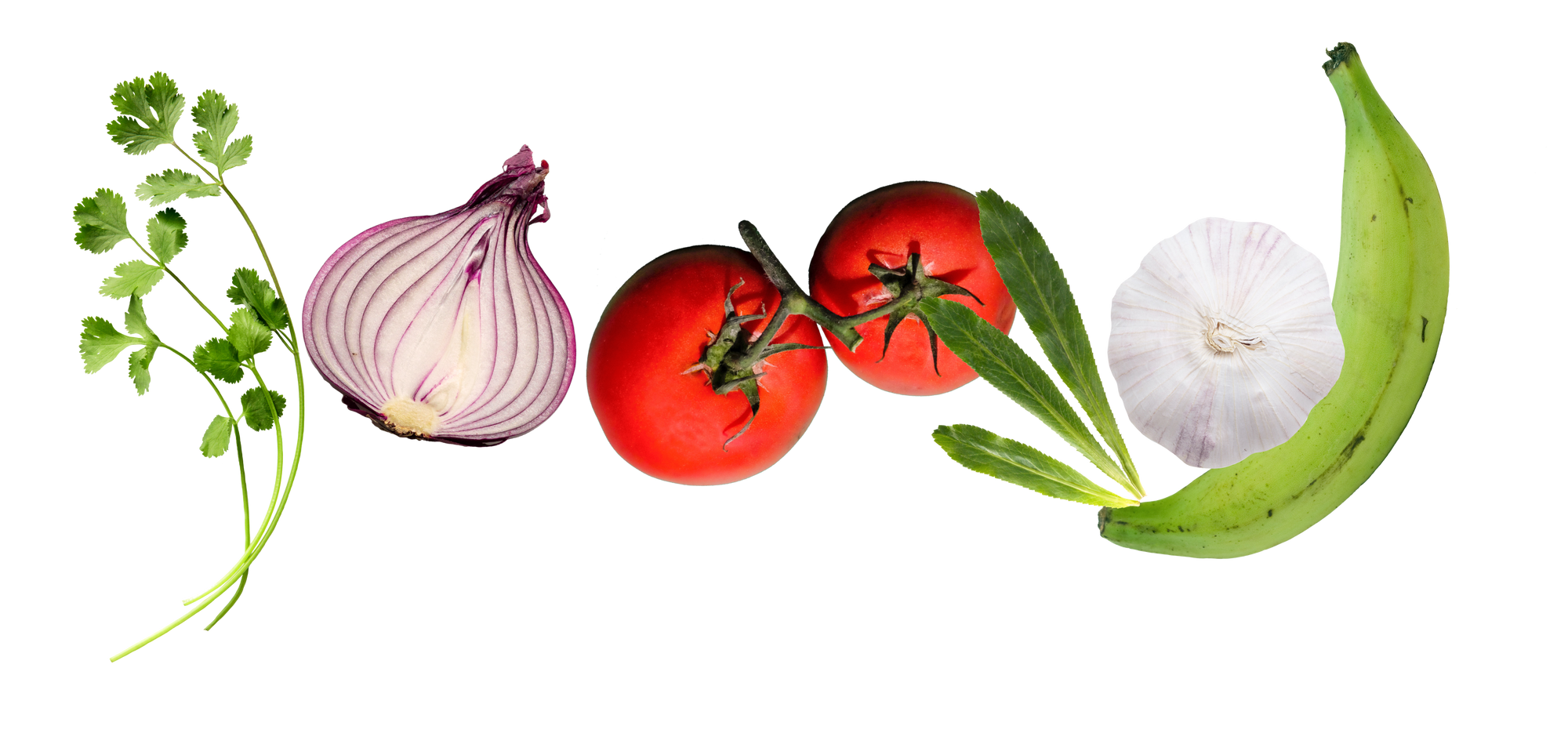
What is Tricalcium Phosphate?
Learn more about this additive and why your seasonings probably don’t need “anti-caking agents.”
By: Janel Martinez | @janelm
Oye, not everything you’ve grown up seasoning your food with is actually good for you. Yes, we know the taste is satisfying! But take a closer look at the food label on Big Brand seasonings, and you’ll stumble upon shockingly-high sodium content and common, yet ceja-raising food additives and fillers. A popular one is tricalcium phosphate — and if you’ve wondered what it is, you’re not alone.
Let’s break it down further
Before we discuss tricalcium phosphate, it’s important that we touch individually on the minerals in discussion: calcium and phosphate, a derivative of phosphorus. A well-known mineral, calcium is essential to building and maintaining strong bones, as well as other key bodily functions such as blood clotting and nerve function. Though a majority of people will get enough calcium through calcium-rich foods, like dairy products (think: cheese, yogurt and milk), dark-green leafy veggies, and fish, they can also obtain it through calcium supplements and calcium-fortified beverages and foods. Vegans, for example, find the latter supportive for their diet. Though calcium ingredients, like tricalcium phosphate, found in supplements or as additives are considered safe, it’s important to confirm they’re actually vegan. Depending on the source, tricalcium phosphate may contain animal bones.Now, phosphorus is an equally-important mineral that’s organically found in protein-rich foods, including dairy, eggs, meats (organ meat, too), nuts, and seafood — and your body relies on it for bone and teeth health, metabolism and muscle function, among other things. Phosphate, however, is not a naturally derived product of phosphorus that’s added to processed foods like soda, ready-to-eat items and canned goods. It’s shockingly used in up to 70 percent of the foods consumed in the average American diet.

Tricalcium phosphate isn’t essential to your diet
Tricalcium phosphate, also referred to as TCP, is a chemical compound consisting of three calcium molecules and a phosphate molecule, explains Alice Figueroa, MPH, RDN, CDN. The chef and registered dietitian nutritionist points out that the mineral is used as an option to fortify foods with calcium, as well as a supplement for those who don’t eat enough calcium-rich foods.
According to the Food and Drug Administration, tricalcium phosphate is perfectly safe to use in “accordance with good manufacturing practice.” But, as Figueroa notes, it's not necessarily used to make food more nutritious or flavorful, but as a way to extend its shelf life.
“Personally, as a chef, I do not necessarily think it enhances the flavor of seasonings or spices,” says Figueroa. “In fact, it may change them since it can alter the pH, or acidity, of the foods and the spices and the herbs that we're eating. Since it does change the pH and the acidity, it can affect the taste of the seasoning.”
Food producers that add tricalcium phosphate into products, like spices, market it as an anti-caking agent to prevent ingredients from sticking and clumping, but it's not actually necessary — and serves no purpose. Instead it's a convenient filler that allows them to use less natural ingredients and reduce their production costs.
A pivot from our ancestral diet
We’ve used herbs and spices for hundreds of years, creating aromatic blends by crushing and grinding them into passed-down family recipes. The fresher the ingredients, the better. However, with the industrialization of agriculture, it became more cost efficient for food companies to add harmful fillers to their products to extend its shelf life
It’s not traditional to our foodways, Figueroa shares. “This is something that was added through the food industry to prolong the shelf life and to prevent it from clumping,” she says. “But traditionally, when our grandmothers, our grandparents, made their adobe — and they made their carne asada or tamales or moles — they would grab the pods and the seeds, and grind them in the molcajete, or a grinding stone, and that's how they would develop the flavor and create those traditions that are so precious to our culture.”
As we become more conscious of the ingredients in seasonings and return to ancestral foodways, we’re choosing blends that’ll ultimately nourish our bodies.
Health note: Kidney disease is a growing concern among Latinxs, with the number of Latinxs with kidney failure increasing by more than 70% since 2000. If you’re going to consume items with tricalcium phosphate, or take calcium supplements, it's important that you check with your doctor if you have kidney disease or a history of kidney stones. Excess intake of calcium can cause more kidney stones and cause complications if you have kidney disease.



